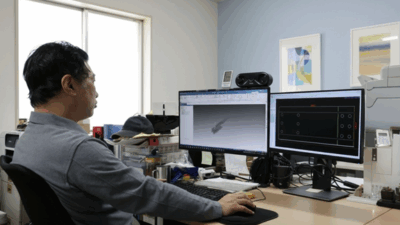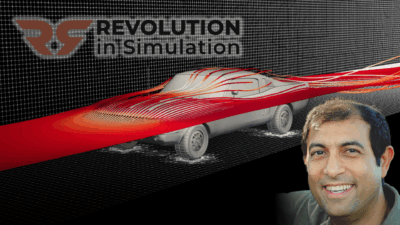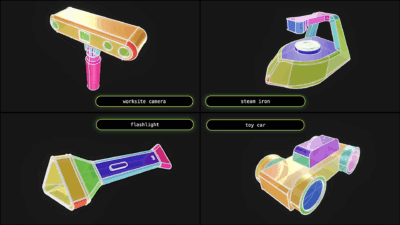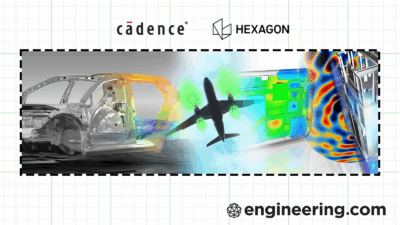Our second annual series of expert webinars showed that AI is coming for engineering software, and you don’t want to be left behind.
Engineering.com’s second annual Design and Simulation Week took place last week, but if you missed it, worry not: the entire series of expert webinars is now available for on demand viewing.
Along with our software industry guests, Engineering.com showcased the leading edge of design and simulation technology. We talked about multiphysics, design automation, quantum computing, and of course, AI. Lots and lots of AI.
Here’s a recap of what we learned from Design and Simulation Week 2025 (and what you can learn on demand).
AI is coming for engineering software in a big way
There’s no beating around the bush: AI is coming to CAD, CAM, CAE, BIM, and all other types of engineering software. It’s already showing up in some increasingly interesting and useful ways—and we’re still at the beginning of this new revolution.
In the opening presentation, Welcome to Design and Simulation Week 2025, I presented a number of emerging AI use cases along a scale called the AI ladder. Watch the webinar on-demand for more details on each of these real and/or promised AI use cases.
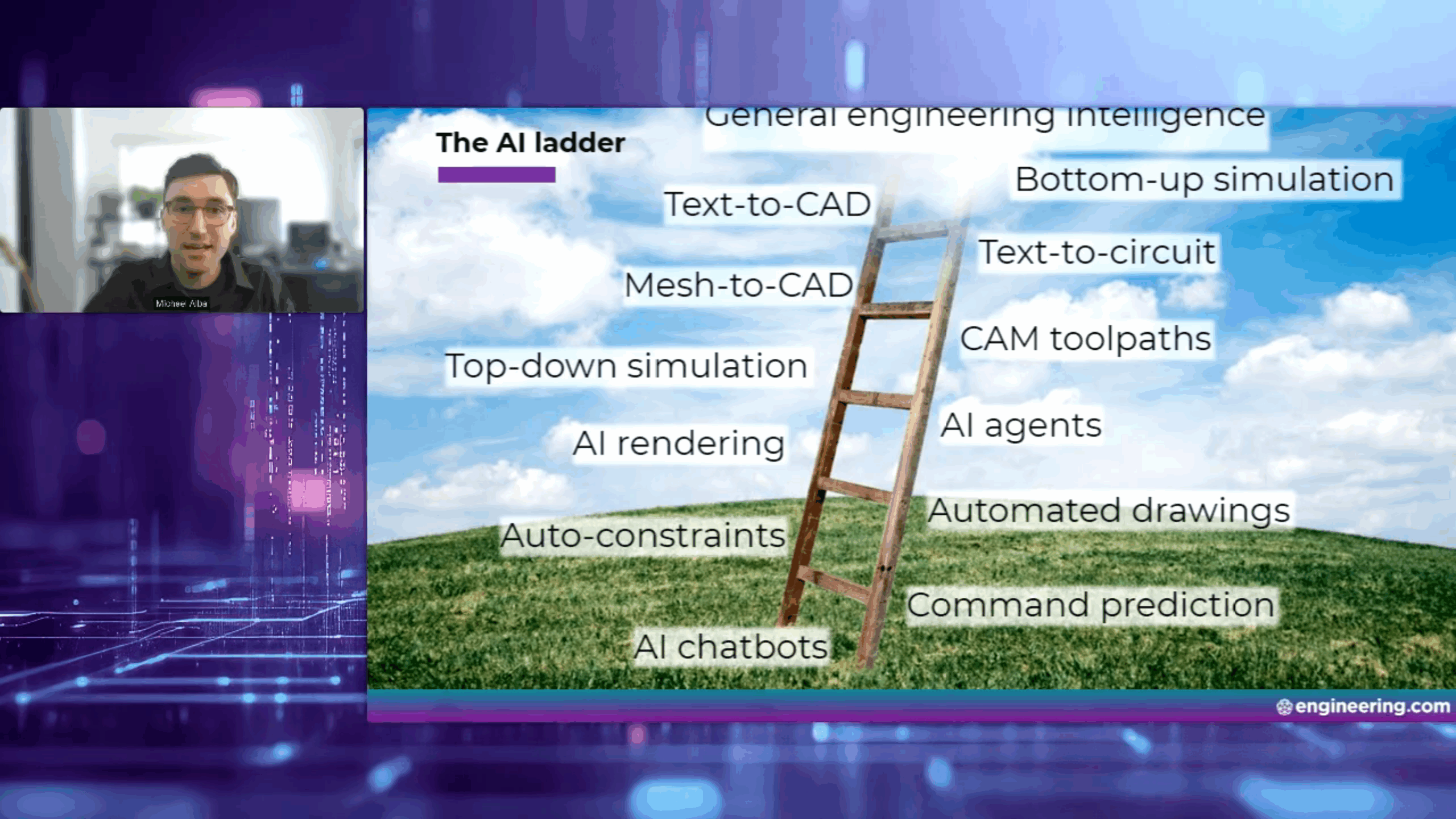
While I offered a brief survey of AI in engineering software, two of our industry guests offered a deeper look at how they’re implementing it themselves.
In The rise of AI agents in engineering: What can we expect?, SimScale cofounder and CEO David Heiny and SimScale application engineering manager Dr. Steven Lainé showed an impressive demonstration of how AI agents could help simplify the simulation workflow. Even in the early state of the demo, the potential workflow gains were obvious to all viewers.
“Three years ago in engineering there were a lot of skeptics about AI ever being adopted in engineering. I think the world has changed,” Heiny said in the webinar’s introduction.
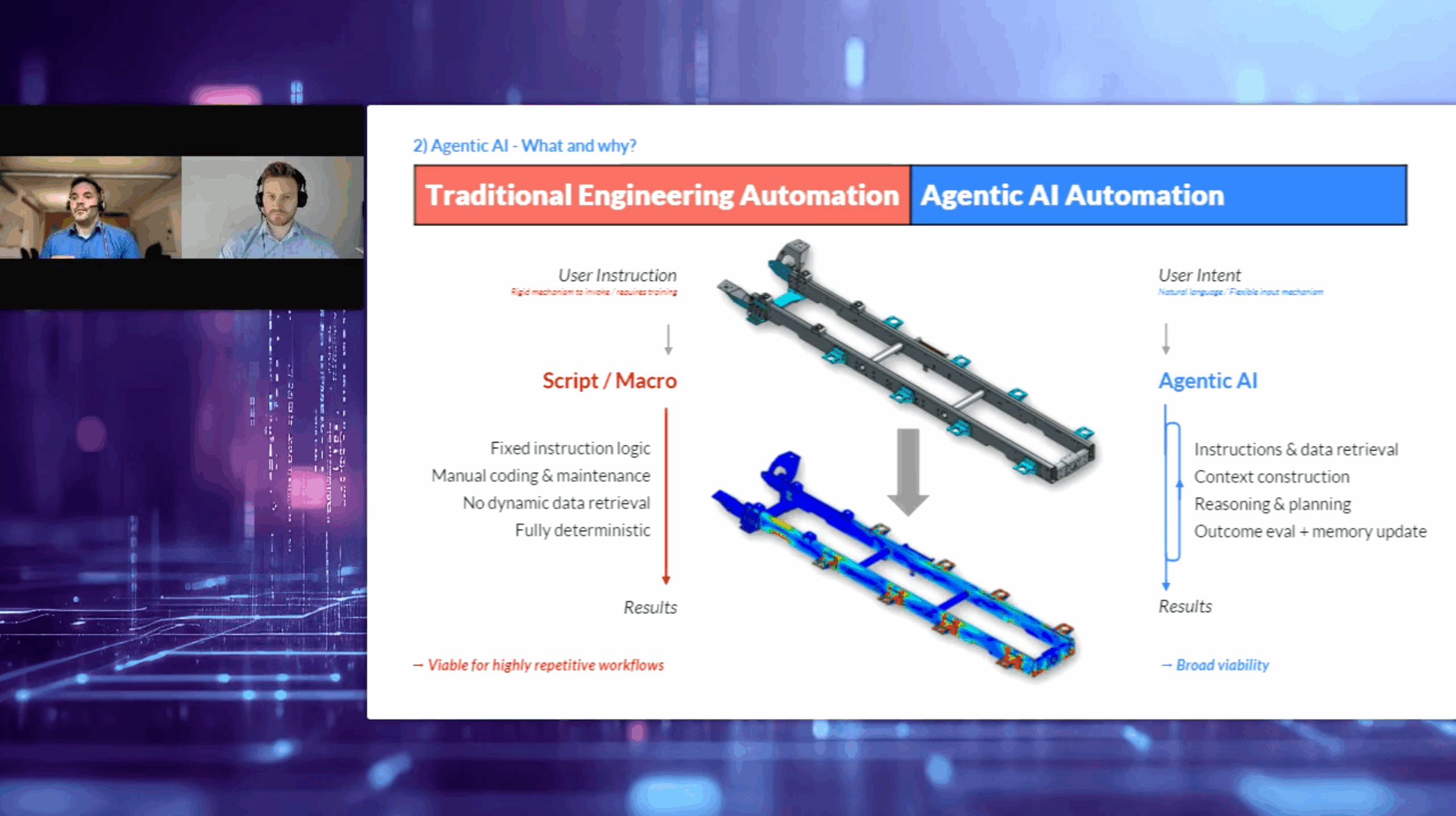
In Physics AI: The engineering revolution you need to be prepared for, Luminary Cloud cofounder and CTO Juan Alonso made a compelling case for how physics-informed AI models will dramatically change what engineering teams are capable of.
“While simulation has been extremely helpful, it’s very necessary that we rethink how we embed simulation into our engineering analysis and design processes in order to design the next generation of products more effectively, more efficiently, more reliably,” Alonso said.
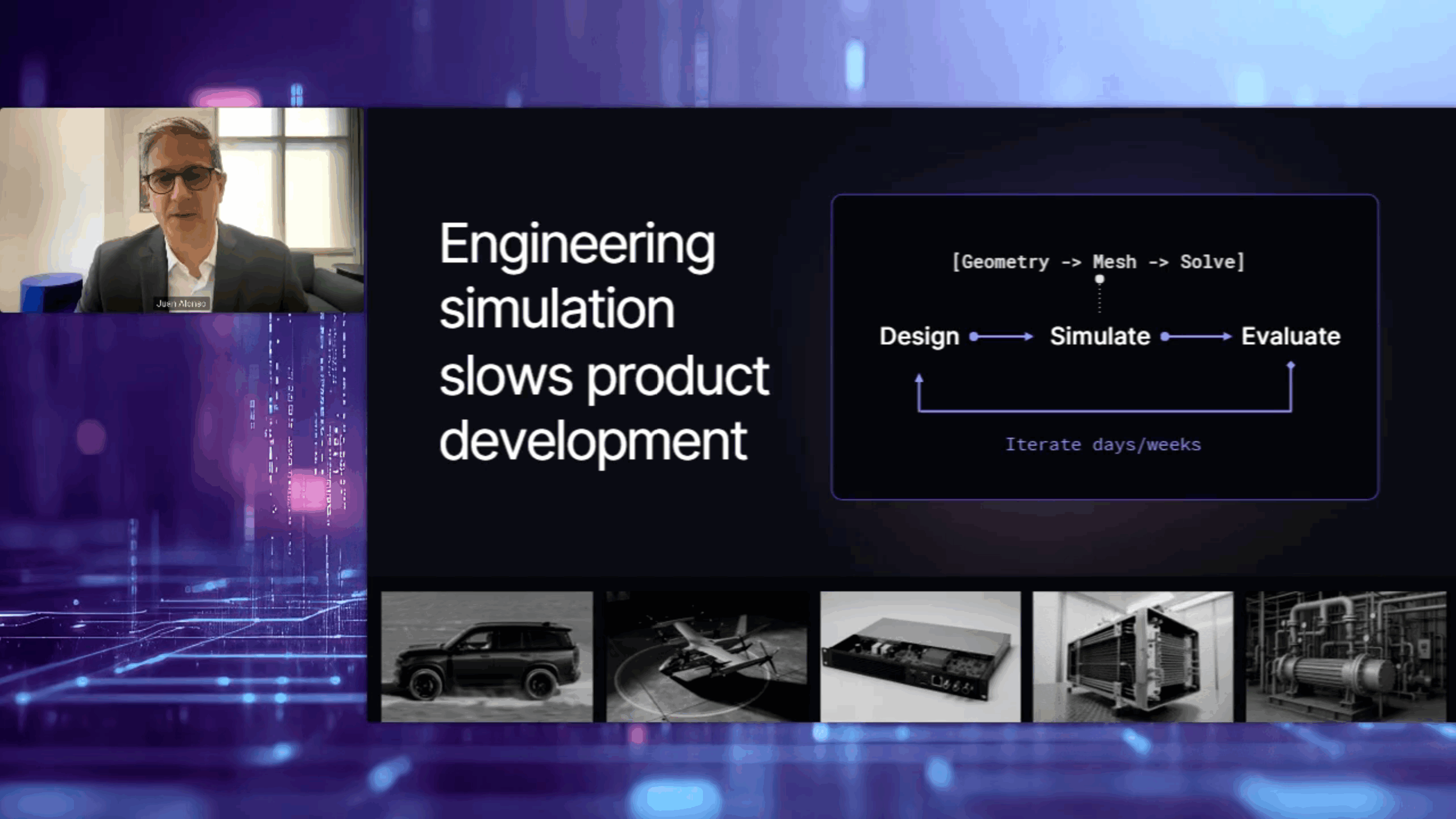
Classic tools are still in style (with a twist)
AI may have been a major highlight of Design and Simulation Week 2025, but it wasn’t the only revolutionary technology on display. Juha Riippi, CEO and cofounder of Quanscient, explored how computational improvements can supercharge the effectiveness of multiphysics simulation.
In Challenges, trends and opportunities in multiphysics simulation in 2025, Riippi went over the results of an unusual, but unsurprising survey of engineers that had a clear takeaway: simulation needs to be much better. With a series of magic wand questions—if you could wave one to improve simulation in some way—the survey uncovered several common pain points for engineers, from meshing morasses to molasses runtimes.
“Almost 85% of people report experiencing waiting times… waiting for licenses, hardware, or cluster capacity, or just waiting for simulations to run,” Riippi revealed.
Riippi showed an alternative path to faster and more accurate simulation than the AI approach of other developers. He demonstrated the benefits of multiphysics solvers written for a scalable cloud architecture, and teased an even more interesting approach that his company is exploring: quantum simulation.
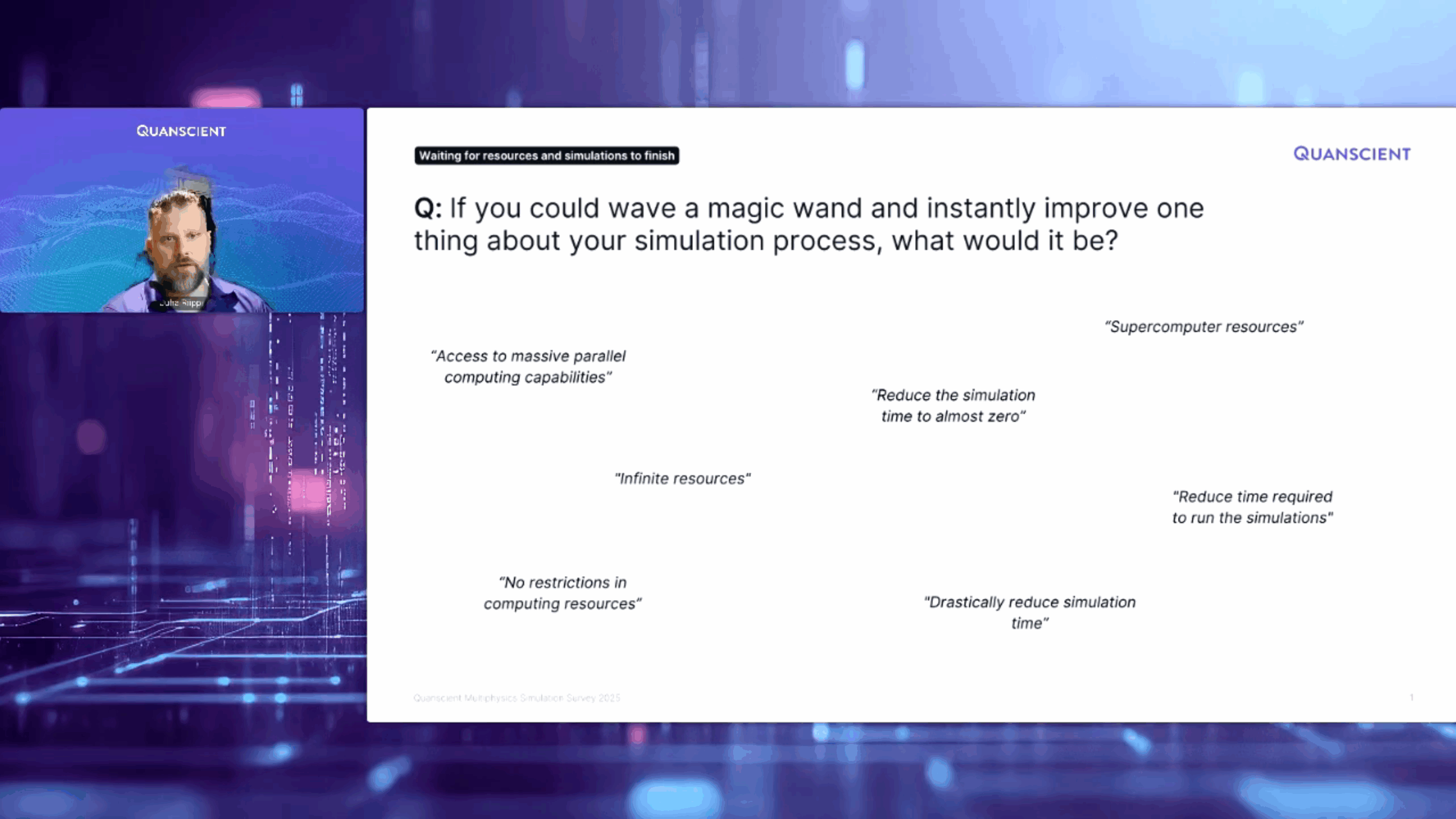
Tedious timelines are an issue on the design side, as well. Autodesk’s senior product marketing manager Jim Byrne and senior technical marketing manager James Krenisky showcased how even without AI, design automation can help engineering teams deliver better products in less time.
Byrne and Krenisky offered their advice in Best practices for scaling automation, with a special focus on iLogic in Autodesk Inventor.
“When it comes to design automation, we like to look at it as a journey, something that grows with you as an engineer or as a company,” Byrne said. “And everything that you do, whether it’s small or big tasks, we’re looking to have a positive impact on those. And the hope is that when you work on some of those smaller tasks, that we can repurpose that into your next level of design automation on your journey.”
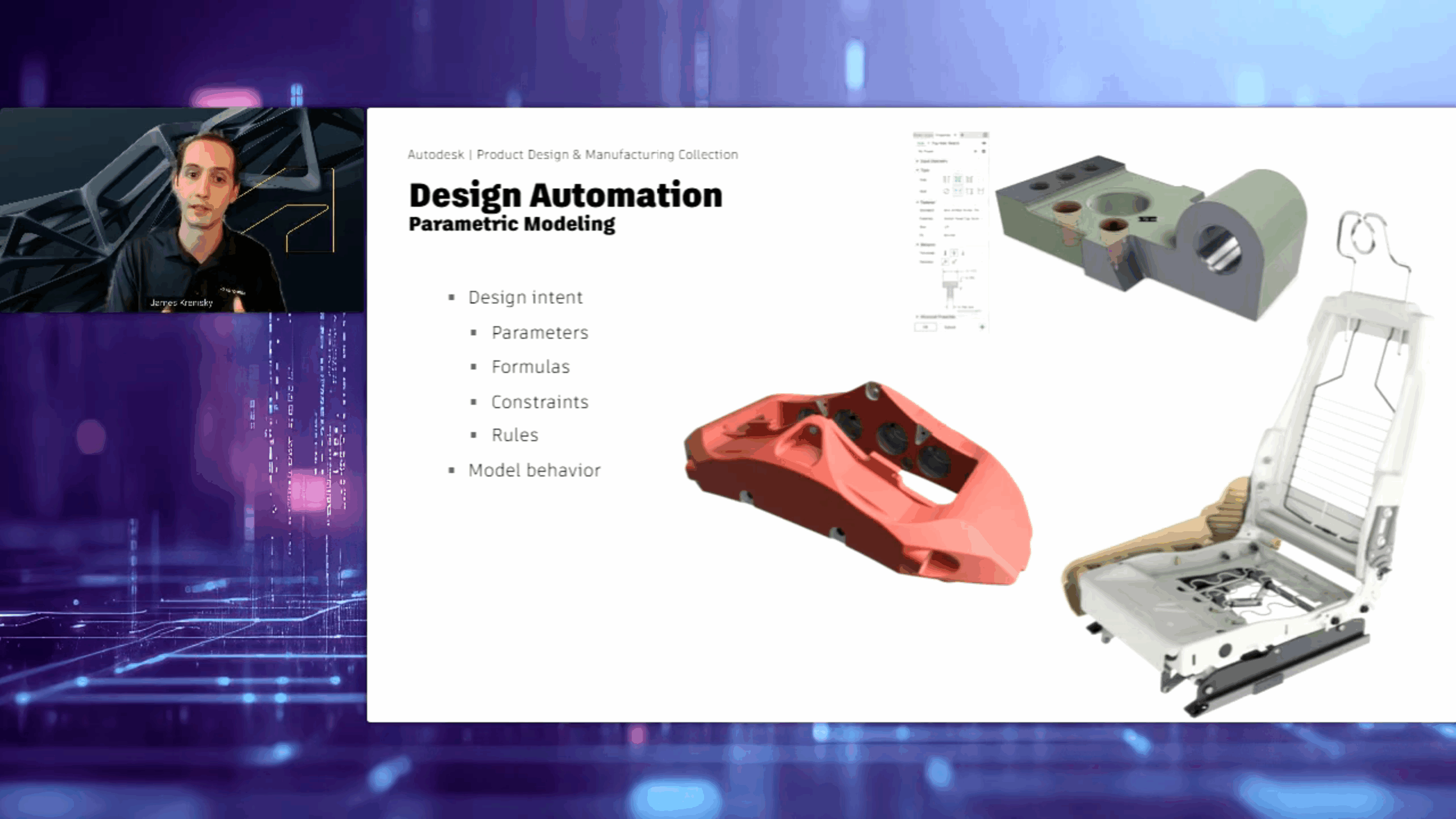
Design and Simulation Week on demand
We’ve only scratched the surface model of what Design and Simulation Week 2025 had to offer. To learn more about the fascinating ways engineering software is improving and evolving, make sure to check out the full sessions on demand.
A big thank you to all our industry presenters and the viewers who tuned in live for the week. We’re more excited than ever to see what’s in store for Design and Simulation Week 2026!
